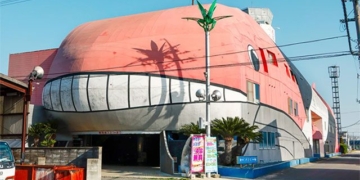The Southern Fruit Research Institute is collaborating with the provinces in the Mekong Delta to select superior parent trees of Cát Chu and Hòa Lộc mango varieties for the purpose of grafting “bo,” aiming to increase the area of high-quality mango cultivation.
The “bo” grafting method involves selecting high-quality saplings (specifically Hòa Lộc and Cát Chu mango varieties) and choosing premium grafting branches to be used in the process. These branches are then grafted onto local mixed mango trees, after which they are tightly wrapped with string. After one year, when the grafting area has healed, the branches begin to sprout and produce flowers, leading to fruit development.
The “bo” grafting technique allows growers to avoid cutting down mixed mango trees in their orchards and significantly reduces the time to fruiting (as replanting a new mango tree typically takes 4-5 years). Additionally, it enables growers to induce flowering earlier than standard mango varieties by more than two months, allowing for early harvests that can avoid market saturation and achieve better prices. Grafted “bo” mangoes yield high-quality fruit, characterized by their delicious taste and rich flavor, which includes a unique sweet and sour profile typical of the growing region.




















































